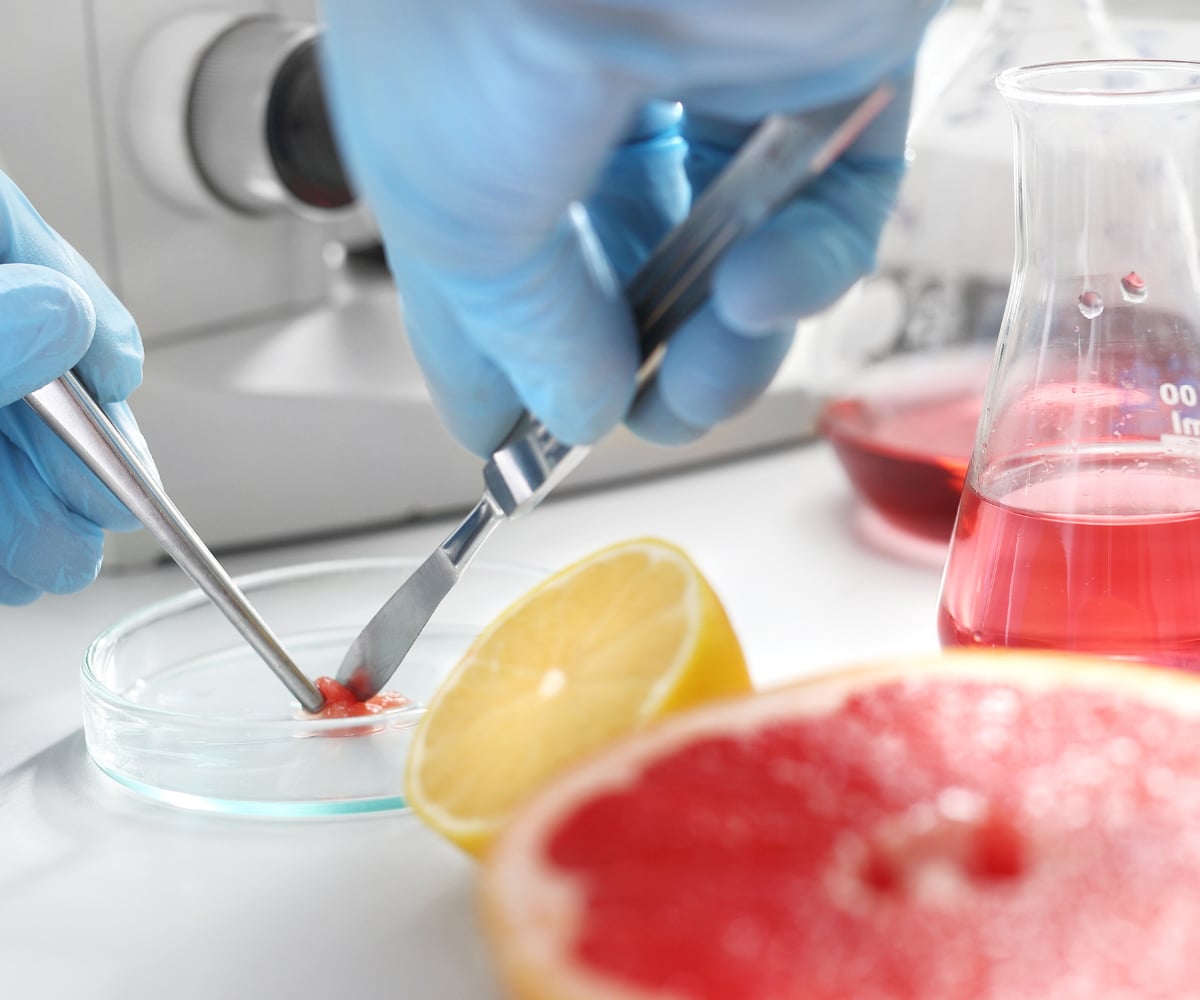Introduction
Pathogen outbreaks remain a top concern in food safety, particularly for dairy, seafood, meat, and ready-to-eat products. Harmful bacteria such as Salmonella, Listeria monocytogenes, E. coli, and Clostridium perfringens can cause severe foodborne illnesses, leading to public health risks and product recalls. Some pathogens, like Listeria, can survive in cold environments, while others thrive in improperly cooked or stored foods. Implementing stringent food safety protocols is crucial to mitigating risks and protecting consumers.
Five Steps to Prevent Pathogen Outbreaks
1. Maintain Strict Hygiene Protocols
Pathogens can persist in processing environments for long periods, often in drains, machinery, and other hard-to-reach areas. To minimize risk:
- Regularly sanitise food-contact surfaces, equipment, and storage areas using industry-approved disinfectants.
- Establish routine deep-cleaning schedules for drains, floors, and hidden areas where bacteria can accumulate.
- Ensure proper handwashing techniques and the use of personal protective equipment (PPE) among staff members.
2. Implement Routine Environmental Testing
Early detection of harmful bacteria in food processing environments is key to preventing contamination. Regular microbiological testing should include:
- Swabbing surfaces, equipment, and storage areas for pathogen presence (e.g., Salmonella, E. coli, and Listeria).
- Verifying cleaning effectiveness by testing before and after sanitation processes.
- Implementing corrective actions immediately if any contamination is detected.
3. Control Storage & Temperature Conditions
Many pathogens grow under specific temperature conditions, making strict monitoring essential:
- Keep refrigeration units at or below 4°C to prevent bacterial growth.
- Regularly check and calibrate thermometers to ensure accuracy.
- Store raw and cooked foods separately to avoid cross-contamination.
- Follow proper cooking and reheating guidelines to eliminate harmful bacteria.
4. Employee Training & Compliance
Well-trained staff members are the first line of defence against foodborne pathogens. Training should cover:
- Proper hygiene practices, including handwashing and equipment sanitisation.
- Cross-contamination risks and prevention techniques.
- Food safety regulations and compliance requirements.
- Recognizing and responding to potential contamination events.
5. Partner with a NATA-Accredited Lab
Working with a trusted laboratory like AML ensures that your facility meets the highest food safety standards. Regular testing for pathogens provides:
- Accurate and reliable results.
- Compliance with regulatory requirements.
- Consumer confidence in your brand’s commitment to food safety.
Need pathogen testing? Book a consultation with AML today!

